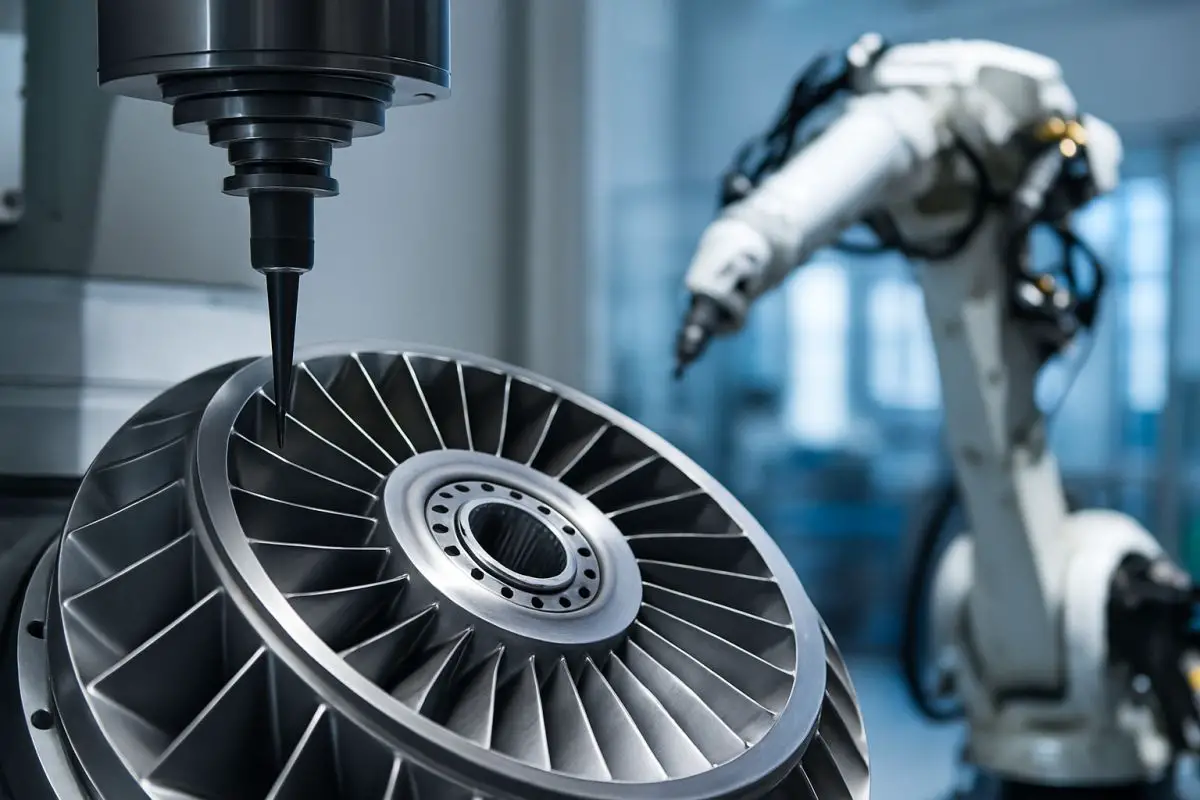The aerospace industry has always been defined by its pursuit of the extraordinary. From the first powered flight to reusable rockets, innovation has never slowed. But behind every breathtaking launch and high-altitude flight is an intense focus on precision engineering, where Lincode’s Vision Technology for Automated Inspections is set to play a crucial role. As new technologies push the boundaries of what’s possible, aerospace manufacturing is evolving at an unprecedented pace. This transformation is not only redefining how we build aircraft and spacecraft but also shaping the future of travel, defense, and exploration.
The Role of Precision Engineering in Aerospace
In aerospace, there’s no room for error. Every component, from turbine blades to fuselage panels, must be engineered to exacting specifications. Precision engineering ensures parts fit together flawlessly, systems operate reliably, and safety standards are met without compromise. This level of detail is especially critical in aerospace, where the margin for error can mean the difference between mission success and failure.
To meet these demands, manufacturers rely on advanced techniques such as computer numerical control (CNC) machining, additive manufacturing, and metrology systems that can measure tolerances down to microns. Precision is not just about making parts that fit; it’s about creating components that can endure extreme conditions—heat, vibration, pressure, and time.
Materials Innovation: Lighter, Stronger, Smarter
The evolution of materials has been a game-changer for aerospace engineering. Traditional metals like aluminum and titanium remain foundational, but new composites and alloys are taking performance to the next level. Carbon fiber-reinforced polymers, for example, offer high strength-to-weight ratios, making aircraft lighter and more fuel-efficient.
Researchers are also developing “smart materials” that can respond to environmental changes. Imagine a wing surface that adapts its shape in flight to improve aerodynamics or materials that self-heal minor damage. These innovations reduce maintenance costs and improve safety, opening new frontiers for both commercial aviation and space missions.
Digital Twins and Smart Manufacturing
Digital transformation is accelerating aerospace manufacturing. One of the most impactful advancements is the use of digital twins—virtual replicas of physical products and systems. These allow engineers to simulate the behavior of aircraft parts under various conditions before they are even built. By identifying potential issues early, digital twins help reduce development time, cut costs, and improve reliability.
Alongside digital twins, smart manufacturing integrates AI, IoT sensors, and real-time data analytics into the production process. Machine vision solutions can self-calibrate, detect anomalies, and adjust parameters on the fly. This reduces waste, enhances productivity, and ensures a level of quality control that was unimaginable a decade ago.
Automation and Robotics Take Flight
Automation is not new to aerospace, but its scale and sophistication are growing rapidly. Robots now play a critical role in assembling aircraft, drilling holes, applying sealants, and even performing quality inspections. With robotic systems, precision is not just repeatable—it’s scalable.
Collaborative robots, or cobots, are also making it easier to blend human expertise with machine efficiency. They assist workers in tasks that require dexterity or judgment while relieving them of repetitive or ergonomically risky operations. This synergy improves both throughput and workplace safety.
Sustainability Takes Center Stage
As the aerospace industry expands, sustainability has become a core concern. Manufacturers are under pressure to reduce emissions, minimize waste, and lower their carbon footprint. Precision engineering, along with Lincode’s Vision Technology For Automated Inspections, plays a crucial role in this shift. More accurate machining means less material waste. Lighter aircraft burn less fuel. And predictive maintenance enabled by smart systems can extend the lifespan of parts and prevent unnecessary replacements.
Sustainable manufacturing also includes the use of recycled materials and renewable energy sources in production facilities. Companies that embrace eco-friendly practices are not only contributing to a cleaner planet but also gaining a competitive edge as regulators and consumers demand greener solutions.
The Future: Hypersonics, Space Travel, and Beyond
Looking ahead, aerospace engineering is poised to take on challenges once reserved for science fiction. Hypersonic travel—speeds exceeding five times the speed of sound—could revolutionize defense and global mobility. Reusable spacecraft and lunar missions are becoming viable thanks to advanced manufacturing techniques and materials science.
The next generation of aerospace engineers will need to blend deep technical knowledge with digital fluency and sustainability awareness. Whether it’s launching satellites, exploring Mars, or building supersonic passenger jets, precision engineering will remain the backbone of every mission that dares to defy gravity.
Conclusion
The future of aerospace manufacturing is being forged at the intersection of precision, innovation, and intelligence. As we build for the skies and beyond, the focus on engineering excellence will continue to drive progress in safety, performance, and sustainability. With cutting-edge tools, smarter systems, and a commitment to quality, the industry is not just preparing for the future—it’s actively creating it.

